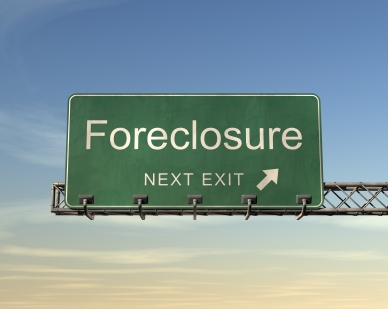From time to time the media make efforts to convince us that the mortgage debt crisis in the US is improving. Or at least not getting worse. Or something. A rush of recent reports shows that, while wealthy people and banks are doing better, things continue to get worse for the majority. According to the Office of the Comptroller of the Currency, 5% of all mortgages are in default, with a further 4.1% in foreclosure. Which is to say one in ten of all homes is in default or foreclosure. And worse is to come, unless new and radical ideas being proposed by county government are enacted.
One indicator is that people keep trying to refinance. According to Bloomberg News:
Refinancings probably rose 4.2 percent to $275 billion in the quarter ended last week, the bankers group forecast, three months after saying the boom was over. About 5.6 million loans will be refinanced this year.
Banks then resell the loans to Fannie Mae or Freddie Mac–in effect to the Federal government–for a tidy profit and no risk:
The gain on sale that accrues when a loan is sold to a third party for more than its previous value was 2.36 percent for Wells Fargo in the first quarter, compared with 1.9 percent in the fourth quarter.
Meanwhile it remains very difficult for average consumers to get refinanced. Very high credit scores and enormous amounts of paperwork are now required. And that’s for people in relatively good situations, who are simply asking to pay less on their current loans. In a state like New York, this will in itself cost you thousands of dollars.
The government has been trying to get refinancing for people whose houses are severely “underwater” (meaning that the loans are worth more than the homes). Headlines tell you that they have succeeded. In fact, there were only 4,400 refinances for those whose loans were more than 125% of the current home value in the entire first quarter.
To realize how little that is, look at the new Corelogic report. Here we discover that 11.4 million loans, 23.4% of the total, have negative equity. However, this problem is very unevenly distributed. While a state like New York has relatively low numbers, 61% of all mortgages in Nevada are underwater, followed by Florida (45%), Arizona (43 %), Georgia (37 %) and Michigan (35 %). So California, with 30%, doesn’t even make the top five. But there are 2 million underwater mortgages in California, compared to only 339,000 in Nevada.
Here come the kickers. First, it’s at the low end of the market where the bulk of the negative equity is concentrated. For example, for low-to-mid value homes valued at less than $200,000, the negative equity share is 31% for borrowers, almost twice the 15.9 % for borrowers with home values greater than $200,000. So while it’s good nowhere, it’s twice as bad at the lower end, meaning for people on low income.
Next, 4.5 million households whose loans are underwater also have home equity loans. There’s almost $300 billion nationwide in such loans and 60% of them are about to start asking for repayment of principal as well as interest. In 2014, according to the Office of the Comptroller’s report, $29 billion in home equity loans start full repayment, followed by $53 billion in 2015 and $66 billion in 2016. Homeowners will be unable to refinance in many cases because their total loan amounts will put them underwater. And interest rates, which are usually variable on these loans, can really only go up from current levels.
So what is to be done? A new idea has begun to circulate in county government. The county could use its power of eminent domain to acquire underwater properties and then resell them to the homeowners at the current property value. This plan is circulating in San Bernadino County in California, epicenter of the home equity disaster, and has attracted interest from places like Suffolk County on Long Island, NY, where 10% of properties are underwater. Counties are not making these moves because they are radicals but because their localities, dependent above all on real estate markets, are dying. The city of San Bernadino is bankrupt. National retail sales fell for three months in a row, largely because people are no longer doing up their houses.
Needless to say, the banks are in uproar, making solemn references to the sanctity of contract law and so on and so on. But as we’ve seen here, the states and the Federal government were more than willing to overturn contract law to forgive debt mortgaged against slaves after the defeat of the Confederacy. The argument was that human property was immoral so the debt did not apply. With all the evidence that we now have about the corruption of the housing market, from robo-signing of mortgages, to the fixing of interest rates, and the forcing of sub-prime loans to people of color, can we not say that extreme housing debt is also immoral?
Of course, if such a program were offered, homeowners who have been making payments are not underwater might feel cheated. So we might have to advocate that all mortgages be open to nationalization and reset at LIBOR without fees. It would be the most gigantic stimulus to the economy imaginable and might ironically be US capitalism’s best shot at long-term survival. However, because neo-liberalism is dedicated to the short-term, no national program of this kind has the slightest chance of approval in the current political climate. So we’d better get on it and change the political climate, no?


Pingback: Student Debt: Confused? You won’t be, after this episode. | Occupy 2012